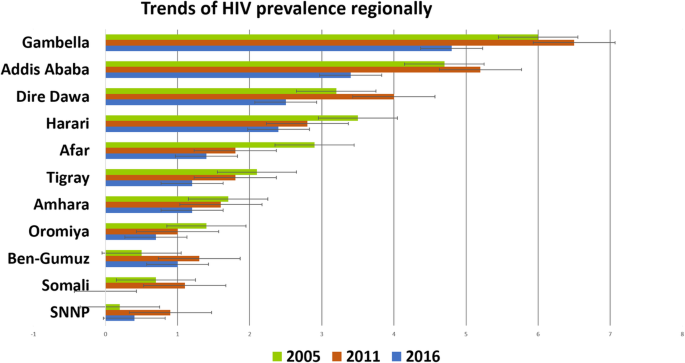Source – https://www.fitchratings.com/
Related Fitch Ratings Content: Introducing the Fitch Analytical Comparative Tool (FACT) D-Trend for U.S. State Demographic and Economic Analysis (Description and User Guide)
Fitch Ratings-New York-29 October 2020: Fitch Ratings has launched a new tool, D-Trend, an addition to the FACT suite of tools that is used to analyze US state demographic and economic trends. The tool can also help assess the relative impact of the coronavirus pandemic on key state indicators.
In its new report Introducing the Fitch Analytical Comparative Tool (FACT) D-Trend for U.S. State Demographic and Economic Analysis, Fitch details the functionality of D-Trend, which is separate from a credit rating, and compares relative historical performance of states across key demographic and economic indicators such as state population, aging, GDP, unemployment and household income. Results range between ‘1’ (Highly Favorable) and ‘5’ (Highly Unfavorable).
D-Trend utilizes a mix of data with different release frequencies. Data are either annual for indicators such as population and aging, which, in this version of D-Trend, represent final 2019 levels, or monthly for indicators such as employment and unemployment, which reflect recent 2020 levels, thus factoring in pandemic effects on those indicators. Subsequent releases of D-Trend will allow the user to gauge the relative impact of the pandemic, and other factors, on nine key state indicators.
Both the absolute levels and the trends in demographic and economic indicators are key to evaluating a state’s economic health. D-Trend effectively combines an evaluation of each into an overall composite measure.
The chart below illustrates the relative performance of the states for the 10 years ending 2019, providing a prepandemic baseline. For employment and unemployment, two of the factors most affected by coronavirus, the relative performance is also shown using recently available data.
A relative measure designed to track and synthesize demographic and economic trends. Select specific indicator using the drop-down menu to compare relative indicator performance over the past 10-years. Factors include population, aging, GDP, employment, unemployment rate, household income (MHI), poverty rate, home prices, educational attainment and a composite measure that combines all factors. These charts show the relative momentum (rate of improvement or deterioration) over the past 10 years. Considering a range of different horizons, and current indicator level, provides important additional context that should be considered when gauging demographic and economic health. For additional views, including shorter and longer time periods, absolute indicator level, and an overall evaluation that incorporates all of these elements, download the D-Trend Excel-based tool for US states, available on Fitch Connect. Also available is the associated descriptive report/user’s guide, which provides more detail on the D-Trend methodology, including proper interpretation of the output and limitations of the framework.
